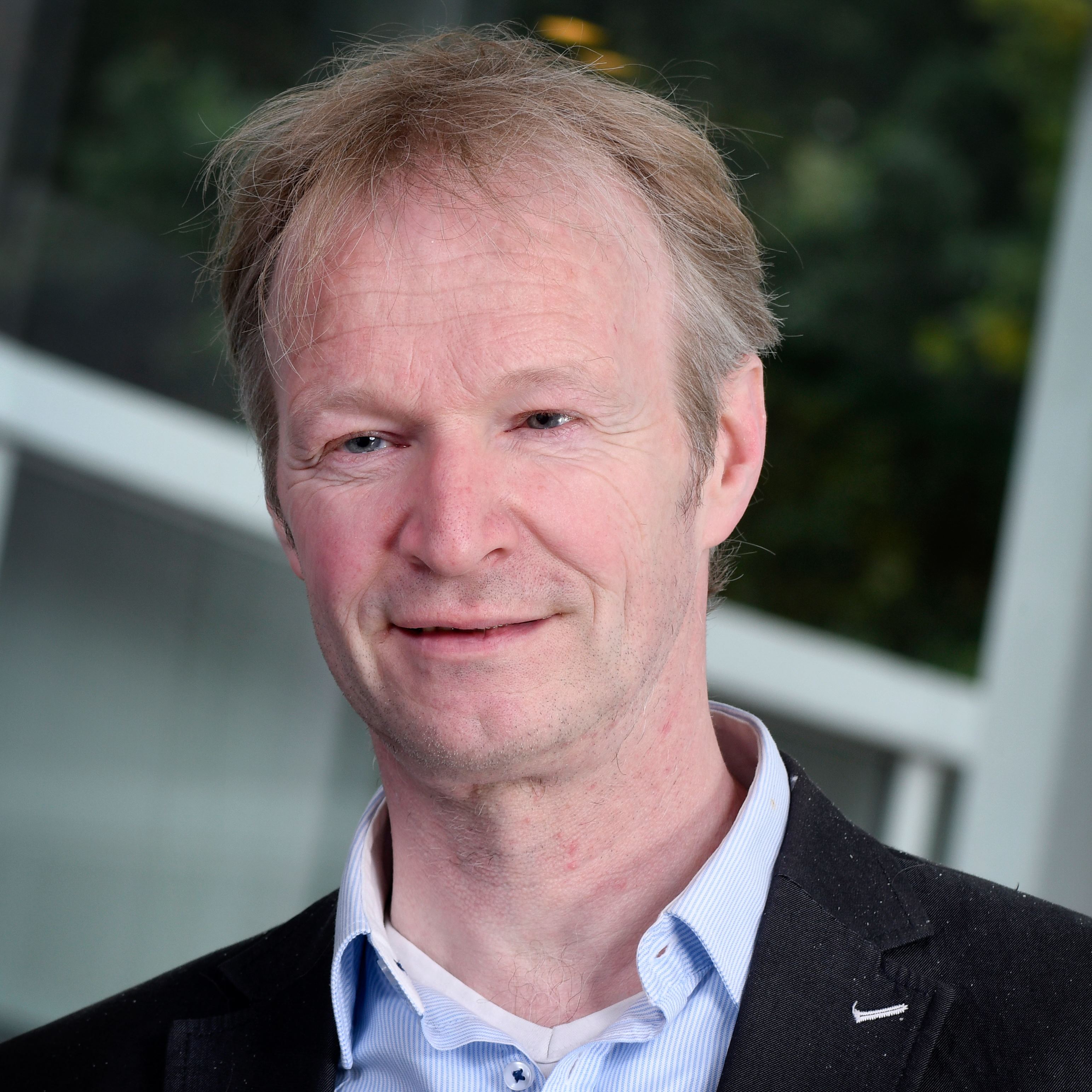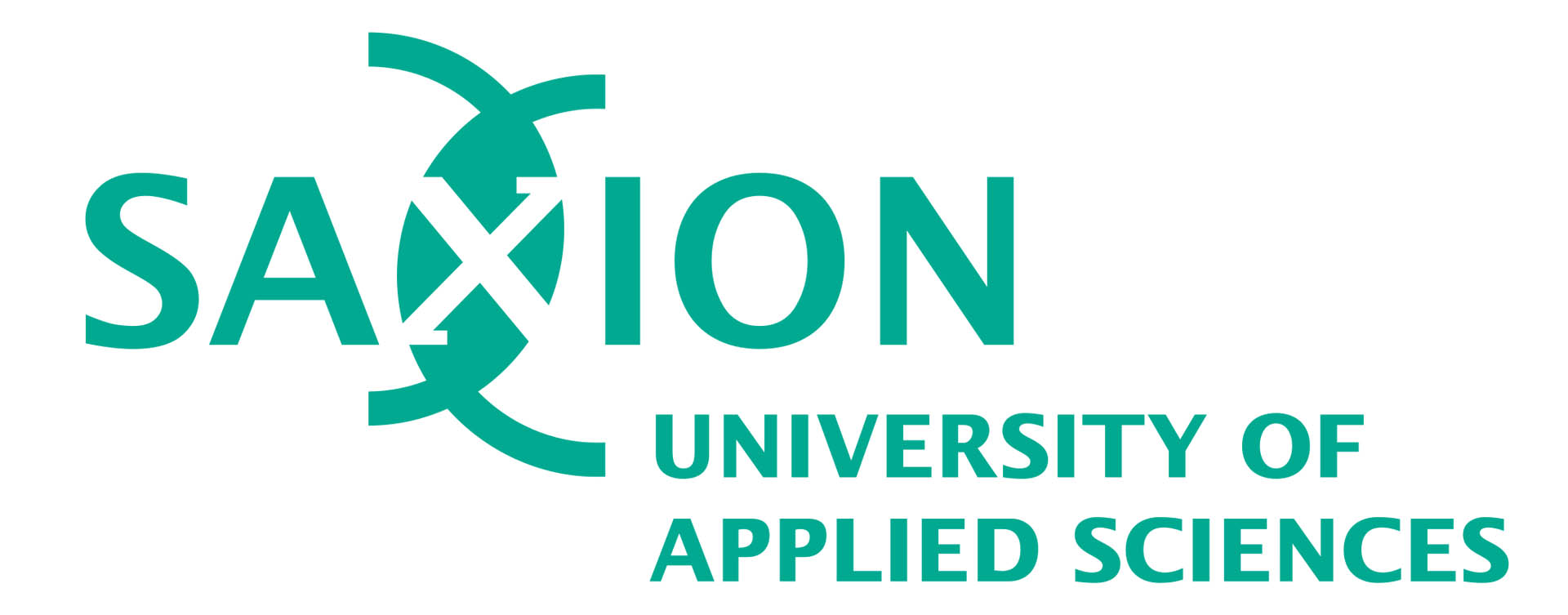
Chris Baten
Guest Lecturer
Contact:
- email: c.t.m.baten@saxion.nl

Saxion University of Applied Sciences
Academy Creative Technology - lectorate Ambient Intelligence
Academy Creative Technology - lectorate Ambient Intelligence
Highest degree:
Masters
Degree name:
Ir. - Ingenieur
Area of expertise:
Engineering and technology
Skills:
Develop project ideas, acquire (inter-)national funding, running national projects, coordinating consortia (e.g. Amber, AmbuLab, FreeMotion, Fusion, INSTANT, Remote Physical Therapy), running international work packages in EU H2020/Horizon/Interreg projects (Seniam, Gait, Amble, STAMP, Interaction, XoSoft) and codevelop international standards (SENIAM).
Research roadmap is centered around facilitating/developing large scale application of 3D Analysis of Human Movement in rehabilitation, physical therapy, sports and ergonomics developing/applying wearable sensing of 3D movement, forces/moments, muscle activity. developed 3D inertial sensing methods and applications from 1992, later commercialized by one of world leading inertial sensing companies (Xsens, erected 2000).
Recent research focusses on development of next generation wearable sensors for 3D analysis of human movement by adding a 4th sensing modality to state-of-the-art inertial sensor solutions. This modality (miniature UWB) adds an additional update for relative 3d on-body sensor position into the (extended Kalman filter-) data fusion mix in inertial on-body sensor networks.(INSTANT project). This promises to deliver drift-free 3d body segment position estimation without the need for assuming normalized biomechanical/anatomical constraints and normalized movement characteristics (This is very important in assessing patients and in applications in non-laboratory grade environments e.g. @ work place, @home).
This also should further reduce drift reduction in estimation of 3D orientation. The developed application acquisition of complex and detailed data in unsupervised conditions (e.g. @ work, @ home) triggered a strong secondary focus is on symbiotic (AI-based) automated data segmentation for meaningful interpretation of any data acquired in unsupervised conditions having developed (AI-based) Adaptive Activity Classification methods (e.g. recognizing sparse or non-standard subtasks in back load monitoring in repetitive job situations facilitating meaningful interpretation in context of 3D back load exposure data or segmenting continuous sports data in soccer for interpretation in context). In all projects a natural focus is present on creating impact by co-design approaches and taking into account the fit in current work flows, professional education structures and financing infrastructures.
Functions: Council member (Past President) of Section on 3D Analysis of Human Movement of International Society of Biomechanics, General/Scientific Chair of international scientific Conference 3DMA-08, Amsterdam 2008. Employed in part-time at Roessingh Research and Development, one of Europe's leading research institutes in Impactful Rehabilitation Research and Development and formally associated with University of Twente.
Research roadmap is centered around facilitating/developing large scale application of 3D Analysis of Human Movement in rehabilitation, physical therapy, sports and ergonomics developing/applying wearable sensing of 3D movement, forces/moments, muscle activity. developed 3D inertial sensing methods and applications from 1992, later commercialized by one of world leading inertial sensing companies (Xsens, erected 2000).
Recent research focusses on development of next generation wearable sensors for 3D analysis of human movement by adding a 4th sensing modality to state-of-the-art inertial sensor solutions. This modality (miniature UWB) adds an additional update for relative 3d on-body sensor position into the (extended Kalman filter-) data fusion mix in inertial on-body sensor networks.(INSTANT project). This promises to deliver drift-free 3d body segment position estimation without the need for assuming normalized biomechanical/anatomical constraints and normalized movement characteristics (This is very important in assessing patients and in applications in non-laboratory grade environments e.g. @ work place, @home).
This also should further reduce drift reduction in estimation of 3D orientation. The developed application acquisition of complex and detailed data in unsupervised conditions (e.g. @ work, @ home) triggered a strong secondary focus is on symbiotic (AI-based) automated data segmentation for meaningful interpretation of any data acquired in unsupervised conditions having developed (AI-based) Adaptive Activity Classification methods (e.g. recognizing sparse or non-standard subtasks in back load monitoring in repetitive job situations facilitating meaningful interpretation in context of 3D back load exposure data or segmenting continuous sports data in soccer for interpretation in context). In all projects a natural focus is present on creating impact by co-design approaches and taking into account the fit in current work flows, professional education structures and financing infrastructures.
Functions: Council member (Past President) of Section on 3D Analysis of Human Movement of International Society of Biomechanics, General/Scientific Chair of international scientific Conference 3DMA-08, Amsterdam 2008. Employed in part-time at Roessingh Research and Development, one of Europe's leading research institutes in Impactful Rehabilitation Research and Development and formally associated with University of Twente.
E3UDRES2 Areas of interest:
Health, Wellbeing and Social Inclusion for RegionsDigital Solutions and (Applied) Deep Tech for Regions